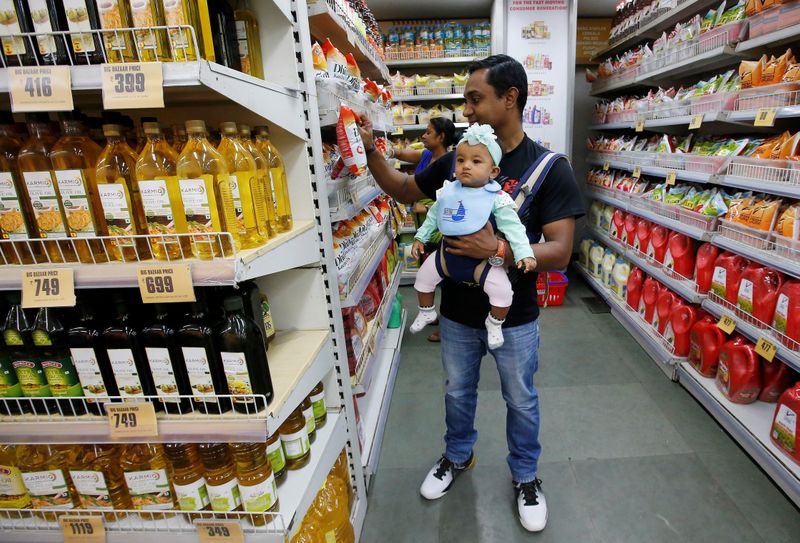Street Calls of the Week
Investing.com -- India is preparing for a potential consumer demand revival in FY26, driven in part by an estimated 1.6 trillion Indian rupees annual boost to household finances.
Analysts at Bernstein say this influx is expected from a combination of income tax and interest rate cuts, with the primary beneficiaries sitting squarely in the country’s mid-income tier.
Bernstein’s analysis points to two major levers for this increased liquidity: income tax reductions and a cumulative 100 basis point (bps) cut in policy rates.
The government’s tax changes are estimated to provide 85 billion rupees per month in additional disposable income, mostly targeting 7 to 10 million taxpayers in the 7.5 lakh rupees to 25 lakh rupees annual income range.
At the same time, existing and anticipated repo rate reductions are projected to add another 48 billion rupees in monthly savings from reduced EMI obligations on approximately 115 million loans, spanning home, auto, and MSME credit.
Taken together, these measures are expected to add 130 billion rupees monthly, or around 1.6 trillion rupees annually, back into consumer wallets, with roughly 5% of this amount directly feeding into retail spending within the Next-30% income bracket.
This segment, while not the wealthiest, makes up the core of India’s organized consumption class and accounts for about 2.5 trillion rupees in monthly retail expenditure, according to Bernstein’s estimates.
Discretionary categories are likely to see the biggest impact from this incremental spending.
Bernstein flags sectors such as food services, apparel, beauty, and entertainment as particularly responsive to changes in consumer liquidity.
These areas tend to benefit from relatively small ticket sizes, flexible demand, and immediate gratification, all of which are important factors for mid-income consumers facing fewer financial constraints.
The recent softening in consumer price inflation, particularly in food (down to 1.8% in April 2025 from around 9% a year earlier), may also help support the revival.
Lower inflation eases pressure on household budgets and allows more spending flexibility.
Credit card usage and GST collections are already showing upward trends, signaling early signs of revived consumer activity.
Sector performance through FY25 offers further clues. Revenue growth among FMCG and QSR firms improved sequentially during the year, with the latter reversing earlier negative same-store sales growth.
Management commentary from food service operators, while cautious, suggests that consumer demand may have bottomed out.
Within the equity space, Bernstein maintains outperform ratings on companies with exposure to small-ticket discretionary spending in urban areas, including DMart, Trent (NSE:TREN), Jubilant, and Devyani.
These firms are considered well-positioned to benefit from rising consumer confidence and the cascading effects of increased liquidity in mid-income households.
However, analysts note one key risk, a portion of households may choose to deleverage rather than increase spending, which could dampen the expected boost to consumption.
Still, for now, the data suggest that the middle of India’s income pyramid stands to gain the most from the government’s fiscal and monetary measures, and so do the companies best aligned with their spending habits.
